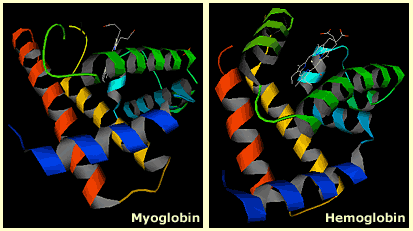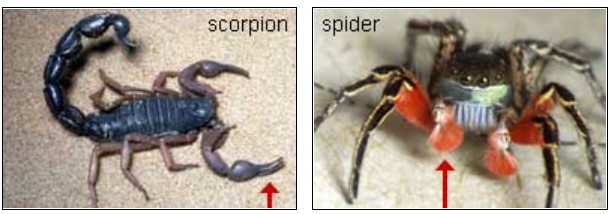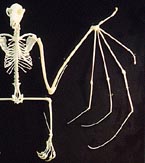Explain How Continuous Variation Across Geographical Ranges is Evidence of Evolutionary Change
Changes in the genes controlling development can have major effects on the morphology of the adult organism. Because these effects are so significant, scientists suspect that changes in developmental genes have helped bring about large-scale evolutionary transformations. Developmental changes may help explain, for example, how some hoofed mammals evolved into ocean-dwellers, how water plants invaded the land, and how small, armored invertebrates evolved wings.

A few distinct types of developmental change can affect a lineage's morphology:
- Module duplication and adaptation.A module refers to a unit that can be duplicated and further adapted. For example, arthropods have various numbers of body segments. Segment duplication and loss is a developmental change that probably occurred many times in the evolution of this clade. The graphic below shows a hypothetical example of module duplication and adaptation.

A similar process is also at work in molecular evolution and helps us understand how a feature that is absolutely necessary for survival can be modified by natural selection for a different function if it is duplicated. For example, globin is a truly ancient protein. Billions of years old, it was present in the common ancestor of bacteria, plants, animals, and fungi. Globin performed an essential job: binding and carrying oxygen. You might imagine that natural selection would lock globin into that one job; however, through duplication and divergence, different copies of the globin molecule were adapted for different roles. Vertebrates rely on several different globin genes: hemoglobin carries oxygen to body tissues (though a separate globin performs this function in fetuses), myoglobin keeps a reserve supply of oxygen for muscle cells to use, and neuroglobin and cytoglobin do jobs that we don't yet fully understand. Multiple globin genes are found all across the tree of life. In fact, some globins in deep-sea-dwelling worms are adapted for carrying both oxygen and hydrogen sulfide.

- Individualization.This is the modification of a particular module, usually when there is selection for a specialized function.

- Heterochrony.Heterochrony is a change in the timing of developmental events. For example, a change in timing might slow down the development of the body, but not alter the maturation of the reproductive system. This change yields an adult organism with a form similar to the ancestral juvenile form.

-

Image courtesy of Ben Waggoner. Allometric growth.Allometric growth is a change in the rate of growth of a dimension or feature relative to other features. For example, we can describe some of the evolutionary changes that produced bats in terms of allometry. Bat wings are basically paws with really long fingers and skin stretched between them. In order for these wings to evolve, the rate of growth of finger bones must have increased relative to the growth of the rest of the bat's body — or perhaps the rate of growth of the rest of the body decreased relative to the fingers. Either way, it is allometry.
stephensonthation.blogspot.com
Source: https://evolution.berkeley.edu/evo-devo/explaining-major-evolutionary-change/
0 Response to "Explain How Continuous Variation Across Geographical Ranges is Evidence of Evolutionary Change"
Post a Comment